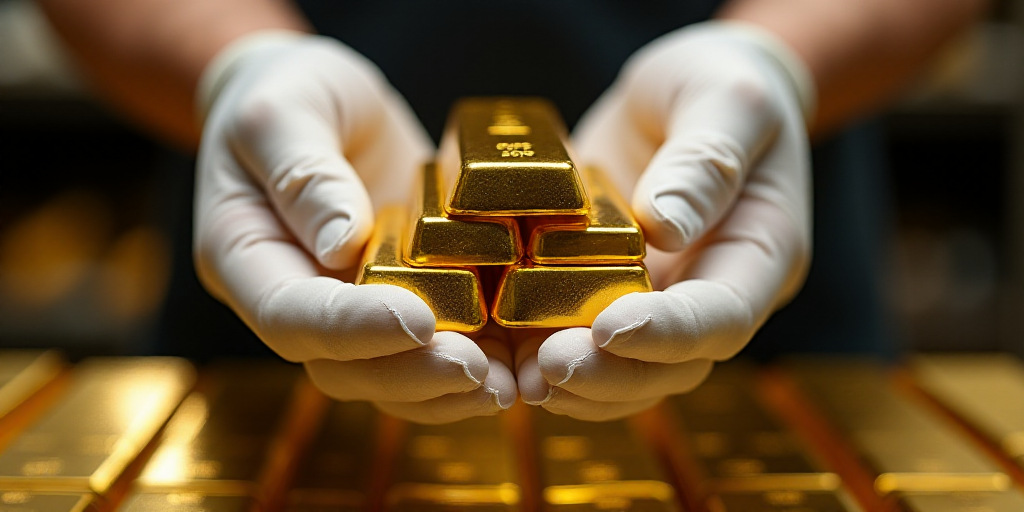Background on the Federal Reserve and its Influence on Gold Prices
The Federal Reserve (Fed), led by Chair Jerome Powell, is the central banking system of the United States. Its primary objectives include promoting maximum employment, stable prices, and moderate long-term interest rates. The Fed influences gold prices through its monetary policy decisions, particularly by adjusting the federal funds rate—the interest rate at which banks lend money to each other overnight.
Who is Jerome Powell and why is he relevant?
Jerome Powell, an economist and former private equity executive, was appointed as the Chair of the Federal Reserve by President Donald Trump in February 2018. Powell’s tenure has been marked by a commitment to maintaining a strong economy and keeping inflation in check. His decisions on interest rates have significant implications for gold prices, as a lower federal funds rate generally makes gold more attractive to investors seeking a hedge against inflation and currency devaluation.
Gold Reaches Historic Highs
Spot gold surged by 0.9% to reach $3,674.09 per ounce as of 9:51 a.m. (CDMX time), hitting an all-time high of $3,674.63 earlier in the session. The previous week saw a 1.6% gain for gold.
Gold futures for December delivery also rose, increasing by 0.7% to $3,712.70 per ounce.
Dollar Weakness and Falling Treasury Yields
The U.S. dollar index fell to its lowest level in a week, making gold more appealing to investors holding other currencies. Meanwhile, the benchmark 10-year U.S. Treasury yield decreased.
Market participants widely anticipate a nearly certain 25 basis points (bp) rate cut by the Fed following its two-day meeting on September 17th, with a minor possibility of a 50 bp reduction according to the CME’s FedWatch tool.
“The expectations of a 25 basis points rate cut have already materialized,” said Peter Grant, vice president and metals strategist at Zaner Metals. “There could be one or two more cuts before the end of the year.”
Low Interest Rates and Gold’s Performance
Physical gold, which does not pay interest, often serves as a safe-haven asset during periods of widespread uncertainty. Gold tends to perform well in low-interest-rate environments, as investors seek alternatives to traditional fixed-income assets.
Grant highlighted $3,700 as the next significant upside target for gold, with other key levels at $3,730 and $3,743 in the short term.
Fed Under Unusual Pressure
The Fed is currently operating under unprecedented pressure, amidst a leadership dispute and President Donald Trump’s influence. The Senate has also left room for Stephen Moore, Trump’s economic advisor, to join the rate-setting committee in time for Wednesday’s vote.
Economic Indicators and Fed’s Policy Stance
Recent data showed that U.S. consumer prices increased at their fastest pace in seven months in August, while the latest employment figures pointed to a weakening labor market. These factors keep the Fed on track for interest rate cuts.
- Consumer Price Index (CPI): U.S. consumer prices rose 2.8% year-over-year in August, the fastest pace since November 2012.
- Labor Market: Recent employment data suggests a slowing labor market, which supports the Fed’s decision to cut rates.
Performance of Other Precious Metals
Silver spot prices increased by 1% to $42.59 per ounce.
Platinum gained 0.5% to $1,397.80 per ounce.
Palladium fell 1.4% to $1,181.09 per ounce.






